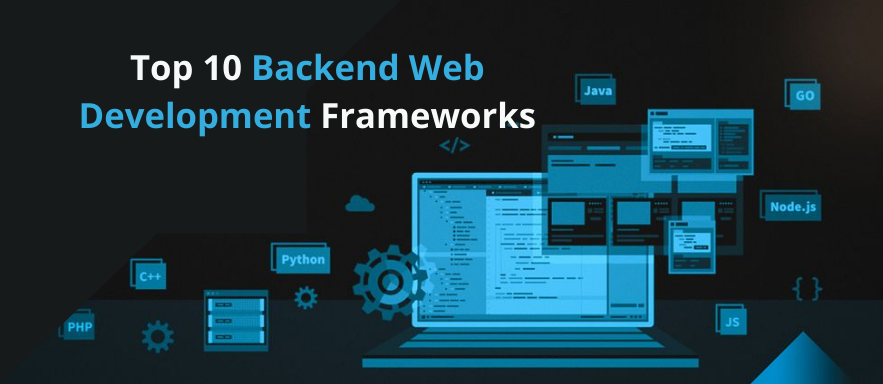
Top 10 Backend Web Development Frameworks In 2025
Mar 21, 2025 5 Min Read 4412 Views
(Last Updated)
Want to know which backend frameworks to choose and how? Then consider this as a pocket guide on the best backend web development frameworks.
The backend development part of any app is very crucial. The actual talent of the backend developer is known through a websites mechanism. A framework should be tough, stable, and flexible with any modifications. There are several web frameworks in the industry today. So, choosing the right one can be a bit overwhelming for newbies. Understandable!
You need to underline 2 things before you go down and select from the stack.
Ensure:
- It is fixed &
- 2. The framework bears an estimate to stay in high demand at least for the next 3 years.
Table of contents
- Best Backend Frameworks for Web Development in theMarket.
- Django
- Flask
- Express
- Laravel
- Cake PHP
- ASP.NET Core
- Ruby on Rails
- Vue.js
- Spring
- Ember
- Let's end it this way:
- FAQs
- What are backend web development frameworks?
- How were the top 10 backend web development frameworks for 2025 selected?
- What benefits do these top 10 backend web development frameworks offer to developers?
Best Backend Frameworks for Web Development in the Market.
Remember, a wrong or not-suited framework can lead to the failure of single or multiple projects. So better be careful about opting for the right one.
Here is the list of backend frameworks that are quite popular. They are well-known for high performance and best outcomes.
| No. | Backend Web Development Frameworks | Highlights | Created by/ for | Which companies use them? |
| 1. | DJANGO | Python-based free and open-source web framework | Django Software Foundation | YouTube, Spotify, Instagram, Disqus, Dropbox, NASA, etc. |
| 2. | FLASK | Microweb framework, also written in Python | Armin Ronacher | Netflix, Reddit, Airbnb, Mozilla, Uber. |
| 3. | EXPRESS | Back end web application framework for Node.js written in JavaScript | TJ Holowaychuk, StrongLoop, and others | Twitter, Accenture, Stack, Client Platform, Intuit, etc. |
| 4. | LARAVEL | Free, open-source PHP web framework | Taylor Otwell | 9GAG, Pfizer, BBC, PedidosYa, About you, etc. |
| 5. | CAKE PHP | Open-source web framework, following the model–view–controller approach & written in PHP | Cake Software Foundation, Inc. | IndiaNIC, Unified Infotech, 7EDG, OpenXcell, A3logics, etc. |
| 6. | ASP.NET CORE | Web modular, free & open-source framework that runs on both the full .NET Framework on Windows, & also on the cross-platform .NET written in C# | NET Foundation and the open-source community | PixelCrayons, Flexsin Inc., Neologix Software Solutions, ValueCoders, etc. |
| 7. | RUBY ON RAILS | A server-side web application framework, written in Ruby under the MIT License | David Heinemeier Hansson | Airbnb, Crunchbase, Ask.fm, Bloomberg, Dribbble.com, GitHub, etc. |
| 8. | VUE.JS | JavaScript open-source framework, for building user interfaces & single-page applications. | Evan You | Grammarly, 9GAG, Behance, Gitlab, etc. |
| 9. | SPRING | Inversion of control container for the Java platform & also an application framework | VMware | Accenture, deleokorea, Zalando, Intuit, BlaBlaCar, Zillow, etc. |
| 10. | EMBER | It is also an open-source JavaScript web framework, utilizing a component-service pattern. | Ember Core Team | Twitch, LinkedIn, Square, Runtastic, Oyorooms. |
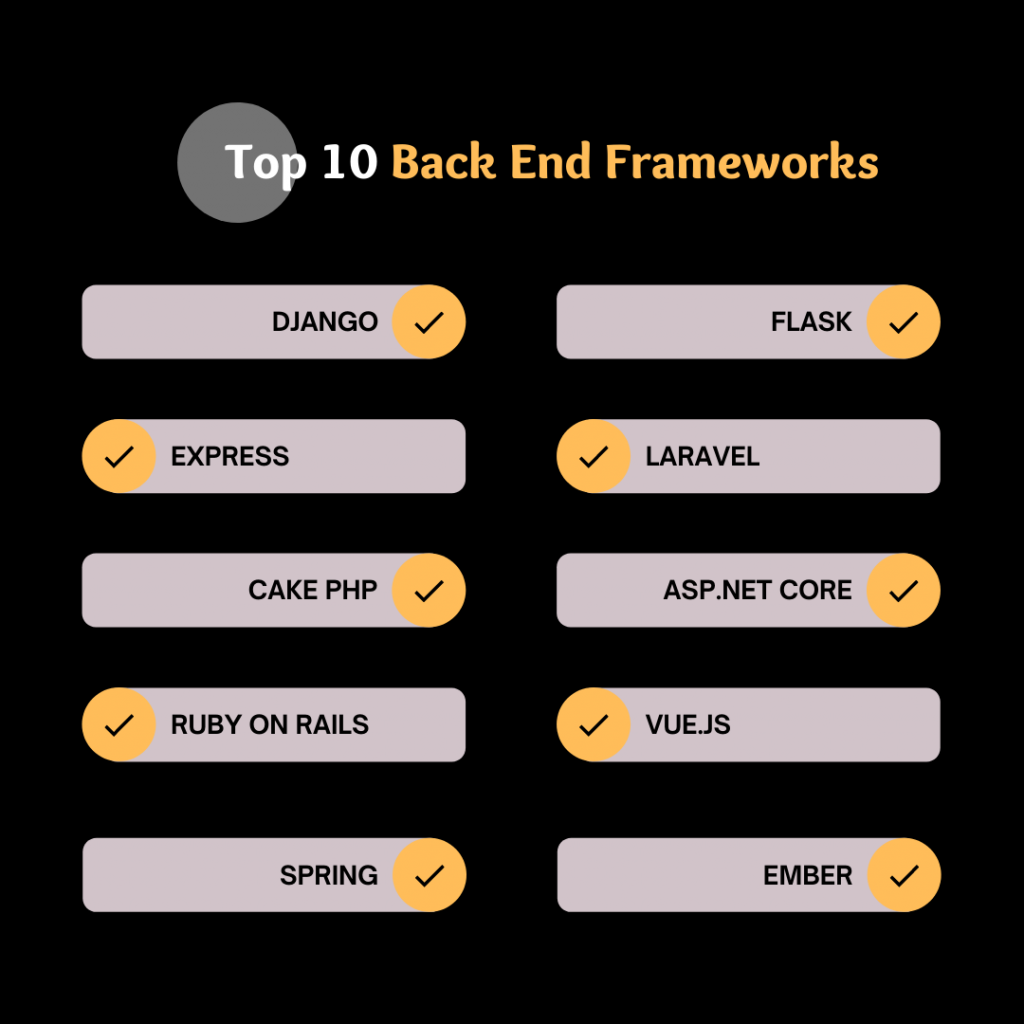
Before diving into the next section, ensure you’re solid on full-stack development essentials like front-end frameworks, back-end technologies, and database management. If you are looking for a detailed Full Stack Development career program, you can join GUVI’s Full Stack Development Course with placement assistance. You will be able to master the MERN stack (MongoDB, Express.js, React, Node.js) and build real-life projects.
Additionally, if you would like to explore JavaScript through a self-paced course, try GUVI’s JavaScript certification course.
Let’s begin:
Django
Django is a python-based server-side framework. It uses MTV(Model Template View) pattern. It is one of the reasons why Python has become famous in the first place!
Above all, it offers everything for building a rapid application like ORM, Middleware, Catching, etc. This backend framework provides good extensibility by providing easy plugging facilities with third-party apps.
In a web development process when speed is a critical factor, Django is the best choice of backend framework. Also, when the project is into machine learning or deep learning, which most of the projects are, Django gets better and desired results.
Security is a very important feature of Django. Most importantly, it prevents code execution in the template layer and secures the website.
Flask
Flask is another python-based framework. It is also known as a micro-framework. Why: because it does not need any tools or libraries to run the framework!
It is similar to Express. Moreover, most python developers use it.
Flask is usually used when the application is small and simple. Yet it is equally applicable in cutting-edge apps with other python related data science projects and also in serverless.
Not an end-to-end framework though, but here Jinja2 is used as a template engine and Werkzeug for HTTP handling.
Flask helps develop a framework to use on huge and high-profile projects. Furthermore, on the right projects, development can be very good.
Express
Express is a famous web framework. Generally, the NodeJS applications incorporate them.
It is very easy to use Express for API development without complicating the code or features. Also, Routing, Error handling, and database integration are a few of the features that are seen by Express.
Express is also a JavaScript-based framework. It uses MVC(Model View Controller). Moreover, Express is one of the most stable and focused frameworks: resulting in high and fast performance.
As per the 2020 survey, it is the 5th best and the most powerful framework in the industry. Express reduces the overall loading time and will be critical for SEO optimization on the front-end side. If you are working on NodeJS projects, then blindly go with Express as a server-side rendering web framework.

Laravel
Laravel is a PHP-based web framework. So, it has a systematic and polished syntax format.
Laravel has a different set of tools from different ecosystems that will come to aid in a better development process. You can easily do Subscription billing, app scaling, and zero downtime deployments with Laravel.
It also provides inversion of control with dependency injection to manage dependencies in classes. Above all, Laravel has a very well-suited and organized syntax structure. It increases the scalability and flexibility of the application development.
Moreover, Laravel has a large community of professional developers where, if you are an individual developer you can seek help from them. This way learning and building a good network can be done easily.
Cake PHP
This backend framework may be heard less often but its features and performance are huge. Cake PHP is created using MVC(Model View Control) architecture. Hence, web applications are developed easily with strong inbuilt security.
Instead of using XML and building complicated configurations, Cake PHP keeps it simple and flexible for error detections and modifications. If your web development project or app development is using PHP then better to choose this framework to finish the task before the deadline!
ASP.NET Core
You must know how tough and secure .NET coding is to learn and implement. Well, ASP.NET Core is the web framework that is built using the .NET programming language.
It was developed by Microsoft initially as ASP.NET. However, later in 2016 they redesigned and named it ASP.NET Core. It is the main framework that goes into the backend to develop web applications. Having a modular design, it runs comfortably on different platforms.
Another unique feature is, that it is well compatible with client-side JavaScript.Therefore the default .NET libraries and JavaScript libraries are both useful when designing applications.
Although it is the youngest of all frameworks in the market, the demand for this is relatively high among developers. Other than .NET, C#, F#, and Visual Basic are a few other programming languages that also support this framework.
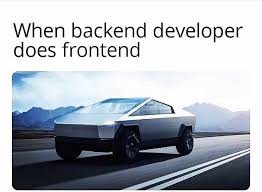
Ruby on Rails
The word Ruby on Rails means fast and easy. It is open-source software available for free, online. Many brands use Ruby on Rails like GitHub, Shopify, and SoundCloud. Unlike other frameworks, their statement is: “ Optimizing for programmers’ happiness”.
Mainly in use: for developing database connections, interfaces, models, etc. But like angular or react, this does not have some of the required features. So, you can find a mixture of features adopted from other technologies.
For designing and developing rapid and advanced, small-scale applications, I would recommend you: Opt for this! This way you will learn other features of other backend web development frameworks, as well as build your application well.
Vue.js
Vue.js is one of the best web frameworks. Former Google employer: Evan You introduced it. It stands on Angular and React.
In other words, it’s a mixture of two popular and strong frameworks in the current market.
Vue.js also provides end-to-end application development. It facilitates the view layer with external data flow and state management. It is taken from Angular and React respectively.
Due to these reasons, Vue.js tops the list of the USA’s most-used Back end web development frameworks. It is a progressive framework for especially web apps design and development.
Vue.js is also a community-driven framework. So, there are developers out there for any doubts clarifications or helping your fellow developers. Therefore, no particular organization manages Vue.js.
Spring
Spring is also a Java-based web framework. It came into existence with a concern to reduce the burden on individuals just to develop a simple Hello world program.
But Spring gradually grew with updates made to the software. And, now it is a high standard framework. Many projects stand on this versatile framework.
In cloud computing, spring also plays a very important role in designing big apps for MNCs. It is also a part of the spring ecosystem supporting the cloud-native application, batch processing, went driven development.
Above all, Spring was mainly created to develop complex and large-scale projects at the enterprise level. So, it is another good backend web development framework!
Ember
Ember came into existence in 2015. Above all, it was one of the lightweight frameworks in the market.
It also possesses many new features and is regularly updated with much more advanced elements in it. Google, Microsoft, and also Netflix frequently use this framework as it gives better and faster results and performance.
Let’s end it this way:
Above all, the selection of a particular backend framework helps a lot in a perfect development and successful project. So you better choose carefully based on your project requirement. You should choose the best backend framework that suits your web development project. Try to fit into your budget and be acceptable to your client. This way it also prevents misunderstanding in the future.
So, here are the top 10 best backend web frameworks for you. I also hope you got a better perspective on your doubt. Leave further doubts and queries in the comment section below.
Kickstart your Full Stack Development journey by enrolling in GUVI’s Full Stack Development Course with placement assistance where you will master the MERN stack (MongoDB, Express.js, React, Node.js) and build interesting real-life projects. This program is crafted by our team of experts to help you upskill and assist you in placements.
Alternatively, if you want to explore JavaScript through a self-paced course, try GUVI’s JavaScript course.
FAQs
Backend web development frameworks are software libraries or tools that provide pre-built functionalities and structures to simplify the process of building the server-side of web applications. They offer developers a foundation to handle tasks such as data management, routing, authentication, and more.
The selection process involved comprehensive research and analysis of various factors, including popularity, community support, performance, ease of use, scalability, and the adoption rate among developers. The list is curated to showcase the most promising frameworks that are expected to shine in the year 2025.
These top-rated backend web development frameworks in 2025 provide several advantages to developers, such as:
Faster development: They offer pre-built components and libraries, reducing the need to write code from scratch.
Robustness: These frameworks are well-tested and widely used, ensuring reliability and stability in applications.
Scalability: They provide tools and architecture that allow applications to scale efficiently as user demand grows.
Community support: Developers can leverage a strong community to seek help, share knowledge, and access resources.
To know us better and check more relevant options, leave your contact here! We will get back to you shortly.






















![Top 10 Coding Project Ideas for Beginners [With Source Code] 5 coding project](https://www.guvi.in/blog/wp-content/uploads/2024/05/feature_image-.webp)
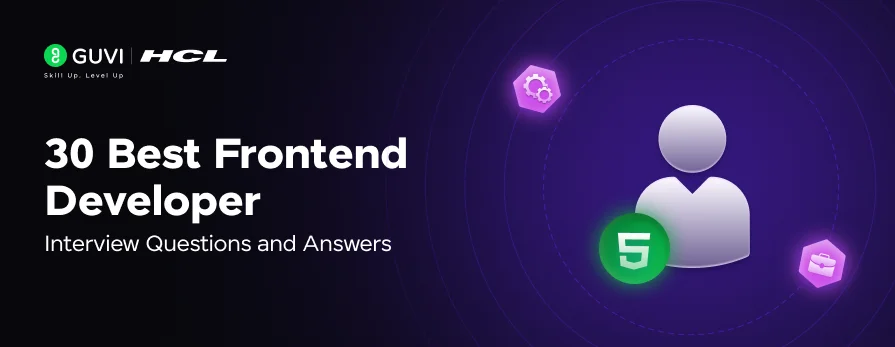






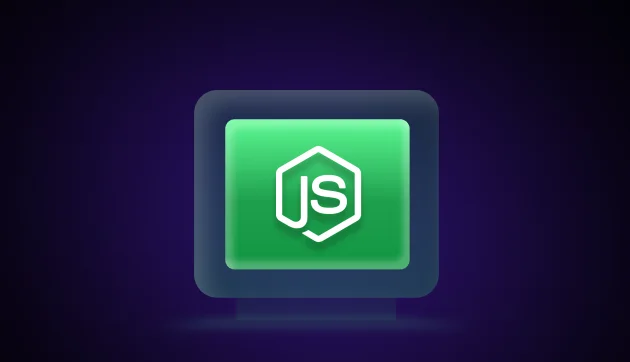

Did you enjoy this article?